Elderly Care Simplified: Best Motion Sensors for Seniors
As our loved ones age, ensuring their safety and well-being at home becomes a primary concern. You want to respect their independence while having the peace of mind that they are safe, especially when you can't be there.
The world of elderly monitoring can seem complicated, split between basic alarms and expensive medical alert services with hefty monthly fees. But what if there was a smarter, more flexible, and affordable way?
This guide will show you how modern, smart home technology can be tailored for elderly care. We'll explore the options and introduce you to a simple, powerful system designed for modern families: Kangaroo.
Understanding Your Monitoring Needs
Before choosing any technology, quickly assess your main goal:
Fall Risk: Is the senior unsteady on their feet? This is a high-priority concern.
Wandering or Memory Loss: For loved ones with dementia, alerts on doors and windows are crucial.
General Activity & Peace of Mind: Are you simply looking for reassurance that your parent is up and moving about their day as usual?
Traditional systems often force you into a one-size-fits-all solution. A modern approach, however, lets you build a system that perfectly matches your specific needs and budget.
Types of Monitoring Systems: A Quick Comparison
A concise side-by-side overview to help you choose the right monitoring system.
| System Type | Best For | Common Downsides | The Kangaroo Advantage |
|---|---|---|---|
| Standalone Alarms | A single, specific problem (e.g., a door chime). |
|
|
| Traditional Medical Alerts | Seniors with very high medical risk. |
|
|
| All-in-One Smart Home Systems | Modern, flexible caregiving. |
|
|
Addressing Specific Concerns with Monitoring Technology
Let's dive deeper into solutions for the most common caregiving challenges.
For Fall Detection and Emergency Help
Falls are a leading cause of injury for seniors. These tools provide a crucial safety net.
Medical Alert Systems with Fall Detection: These are the gold standard. Wearable devices from companies like Medical Guardian or Life Alert use accelerometers to detect a fall automatically and connect the user with a 24/7 call center, even if the senior can't press the button.
Bed & Chair Alarms: These are pressure-sensitive pads placed on a bed or chair. They send an alert to a caregiver's receiver when the senior gets up, allowing the caregiver to provide assistance and prevent a potential fall, especially at night.
For Monitoring Loved Ones with Dementia & Alzheimer's
When wandering is a concern, alerts about exits are critical.
Door and Window Sensors: These simple, inexpensive magnetic sensors are essential. They send an immediate notification to your phone or a dedicated alarm when a door or window is opened, giving you a critical head's up.
Motion Sensors with Pagers: Place a motion sensor near an exit or at the bottom of the stairs. When it detects movement, it sends a silent signal to a pager you carry, allowing you to check on your loved one without a disruptive audible alarm.
For General Activity Monitoring and Peace of Mind
Kangaroo Motion Sensor & Indoor Camera: An Affordable DIY Option While not a specialized medical device, a smart home system like Kangaroo can be an excellent, affordable tool for general monitoring.
Kangaroo Motion Sensor: Place these in the kitchen or living room. The app can show you a log of when motion was last detected, confirming your loved one is up and about.
Kangaroo Indoor Camera: This allows you to visually check in on your senior from anywhere via your smartphone, providing immense peace of mind. You can ensure they are safe, see if they need anything, and even have a two-way conversation.
Wireless Monitoring Systems: Systems like Kangaroo's can be bundled with professional monitoring. If a sensor is triggered at an unusual time, a professional can assess the situation and contact emergency services if needed.
Kangaroo Motion Sensor & Indoor + Outdoor Camera: A Secure and Discreet Solution for Elderly Care
While Kangaroo's smart home security system isn't exclusively designed for elderly care, it offers features that can be incredibly valuable for caregivers. This versatility, combined with Kangaroo's affordability, makes it a strong option for creating a secure and monitored environment for your senior family members.
Monitors activity in key areas of the home.
Alert caregivers of unexpected movement, particularly at night.
Kangaroo Indoor + Outdoor Camera:
Provides visual check-ins on seniors from anywhere.
Offers peace of mind for both seniors and caregivers.
Easily can relocate around the house as long as it gets a good WIFI signal.
Kangaroo Complete Plan: Peace of Mind for Caregivers
Kangaroo's Complete Plan offers features that can enhance elderly care when used alongside their motion sensors and cameras. Here's how:
24/7 Professional Monitoring:
If a sensor detects unexpected activity or the senior triggers an alarm, professional monitoring personnel can assess the situation, call emergency services if needed, and guide during the emergency.Theft and Damage Reimbursement:
This provides financial protection for break-ins and emergencies of your monitoring systems.Optional Features:
Consider adding Kangaroo's Doorbell Camera for remote monitoring of visitors and deliveries, or explore their water sensor to detect potential leaks and prevent water damage.
Related Content:
Enhancing Your Home Safety: the Role of Motion Sensors
General Safety Tips for Elderly Care Beyond Motion Sensors:
Environmental Modifications:
Home Safety Assessment:
Conduct a walk-through to identify and address potential hazards. Look for loose rugs, uneven flooring, poor lighting, and cluttered areas that could increase fall risk.Grab Bars and Handrails: Install sturdy grab bars in bathrooms and handrails along stairways for added support and stability.
Lighting: Ensure adequate lighting throughout the home, especially in hallways, stairwells, and bathrooms. Consider nightlights for nighttime navigation.
Communication and Monitoring:
Caregiver Communication: Maintain regular communication with caregivers, either in person or through phone calls and video chats. This helps monitor the senior's well-being and identify any changes in behavior or health.
Medical Alert System:
Consider a medical alert system with features like fall detection and emergency response for added peace of mind.Wireless Monitoring Systems: These systems can combine various sensors (door/window, bed alarms) with a central hub that relays information to a caregiver app or monitoring center. This allows for remote monitoring of activity and potential emergencies.
Frequently Asked Questions (FAQ)
-
The best tools depend on your needs. For general activity, motion sensors and cameras are great. For high fall risk, a medical alert system with automatic fall detection is best. For wandering, door and window sensors are essential.
-
A bed alarm is a pressure-sensitive mat placed under the mattress. When the senior's weight is lifted off the mat as they get out of bed, it triggers an alarm or sends a signal to a caregiver's pager, alerting them that the person is up.
-
Fall detection uses sensors (accelerometers) in a wearable pendant or wristband to automatically detect a sudden, hard fall. It will then contact a 24/7 monitoring center, even if the senior is unable to press the help button themselves.
-
Yes. Many modern medical alert systems and smart speakers (like Amazon Alexa with caregiving skills) allow seniors to call for help using just their voice, which is invaluable if they have fallen and cannot reach a button
-
Consider the system's range, battery life, ease of use for both you and the senior, and whether it requires a monthly subscription fee for the features you need. Strong home Wi-Fi is also a key requirement for most wireless systems.
-
For seniors with high medical needs or a history of falling, a dedicated medical alert wearable is often recommended. However, Kangaroo provides a robust, affordable layer of monitoring for general activity, wandering, and overall safety that is perfect for a majority of seniors living independently. Many families use both for complete coverage.
-
Not at all. Kangaroo is designed for easy, tool-free DIY installation. You simply peel and stick the sensors, and the app guides you through the rest. The entire system can be up and running in minutes.
-
You can use Kangaroo sensors with the free Basic plan to get app notifications. For features like 24/7 professional monitoring and extended cloud storage, our affordable paid plans, like Kangaroo Complete, are available.


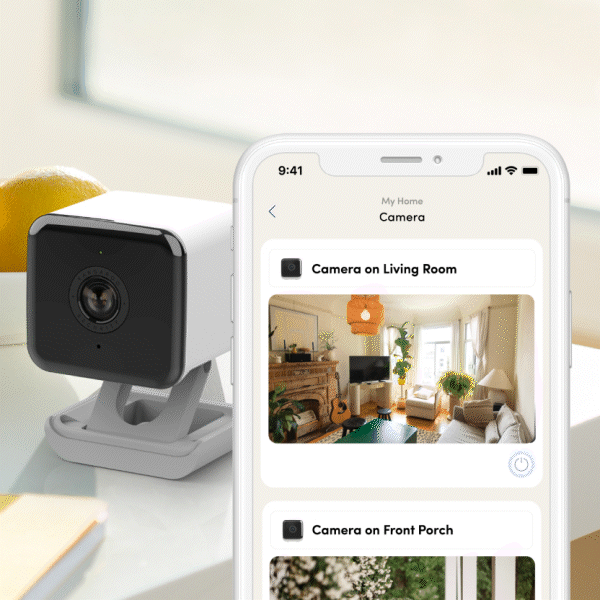


![[QUIZ] What's Your Home's True Security Vulnerability Score?](https://images.squarespace-cdn.com/content/v1/6047adb1f3383c71b64f494b/7b99bd74-f07d-42ae-a096-72ee222bde79/IMG_4306.jpg)


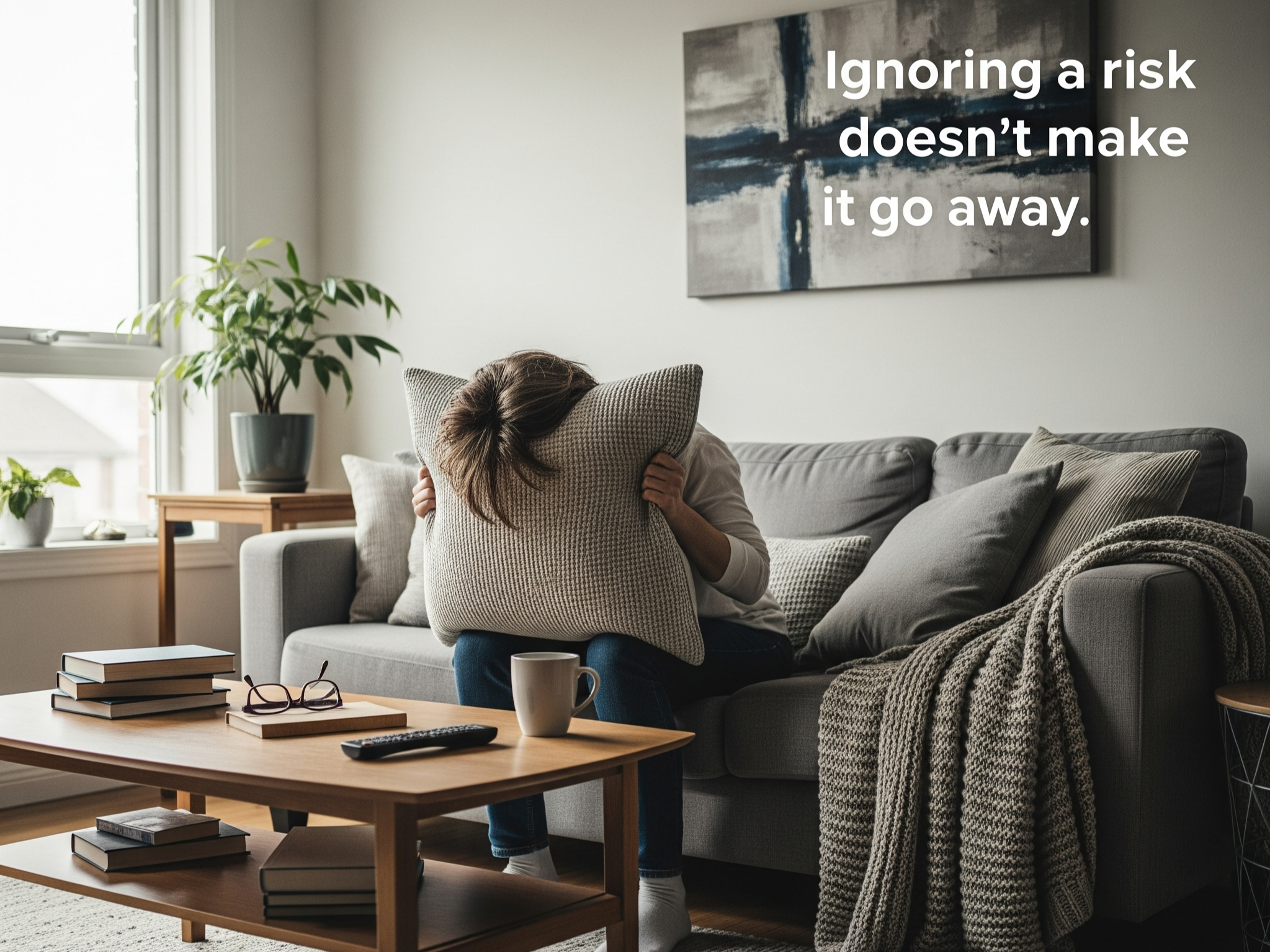
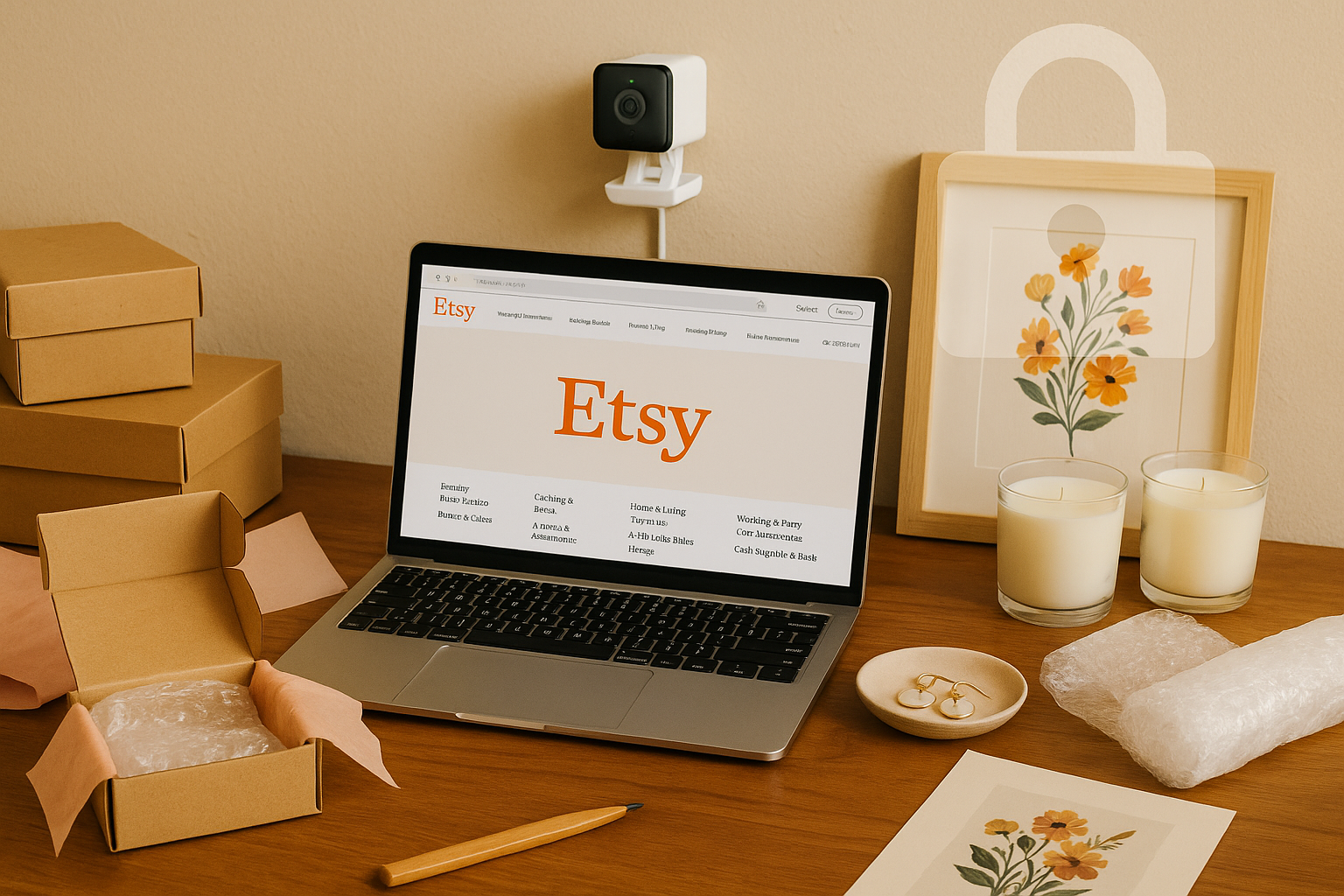
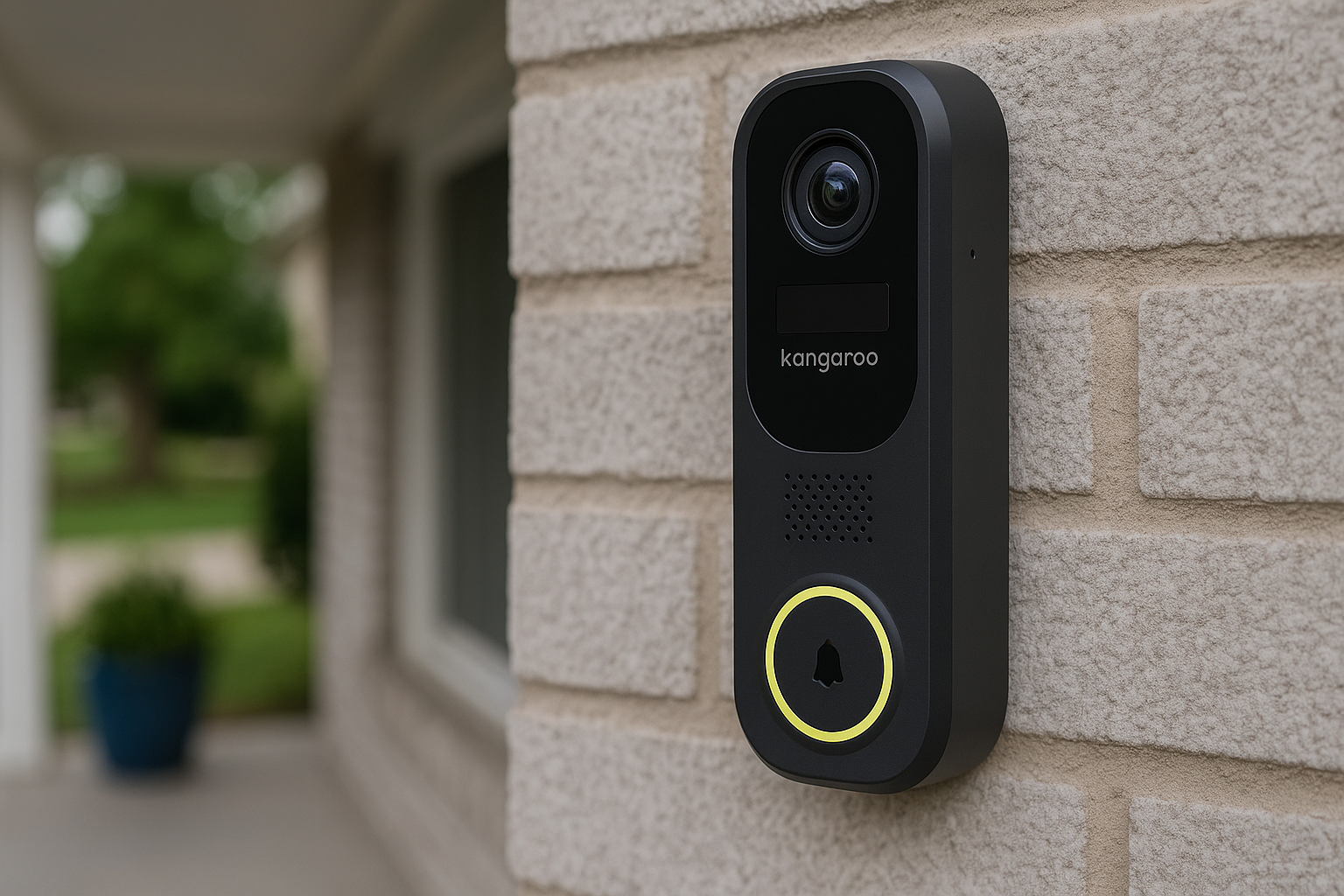
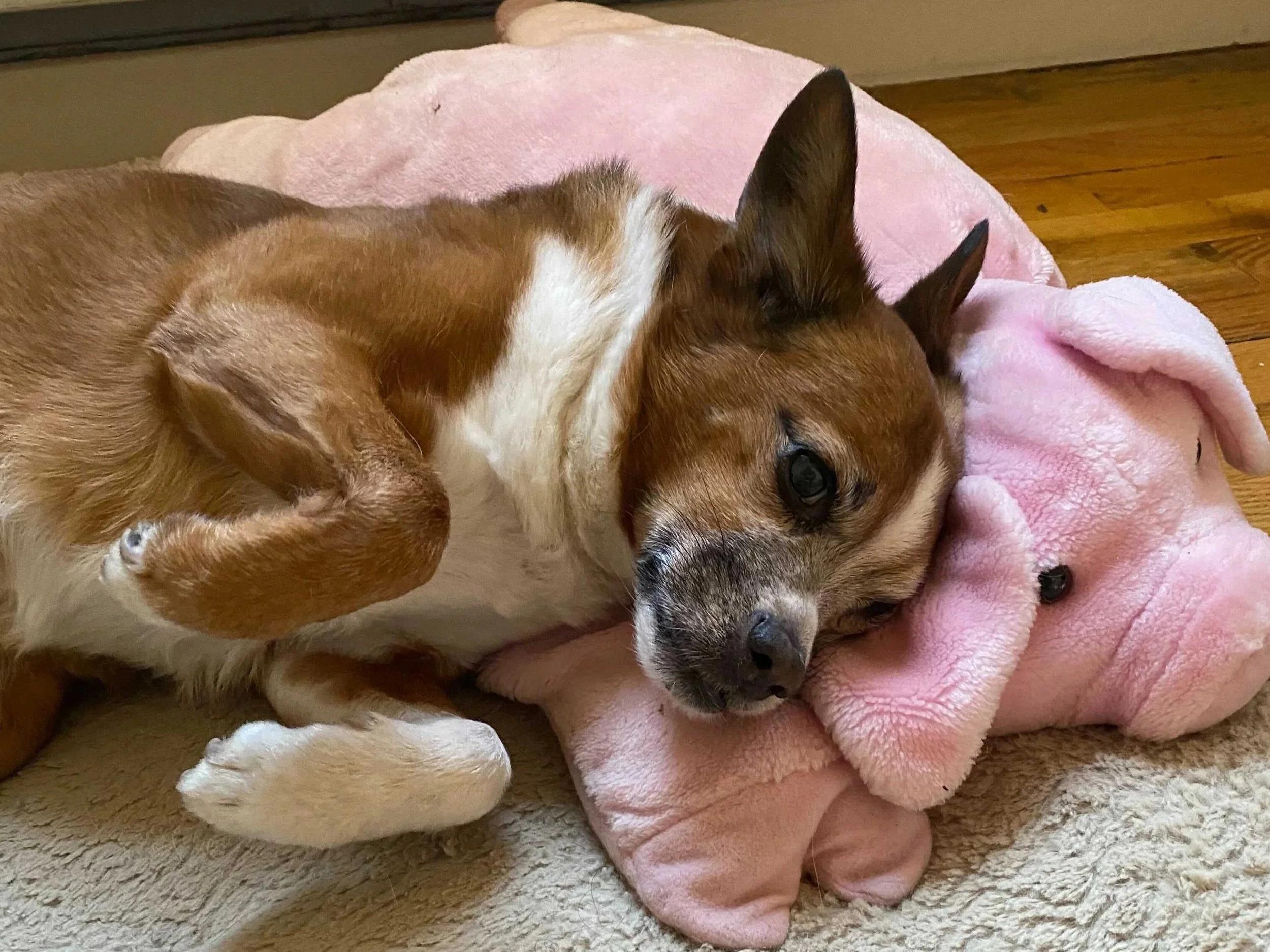

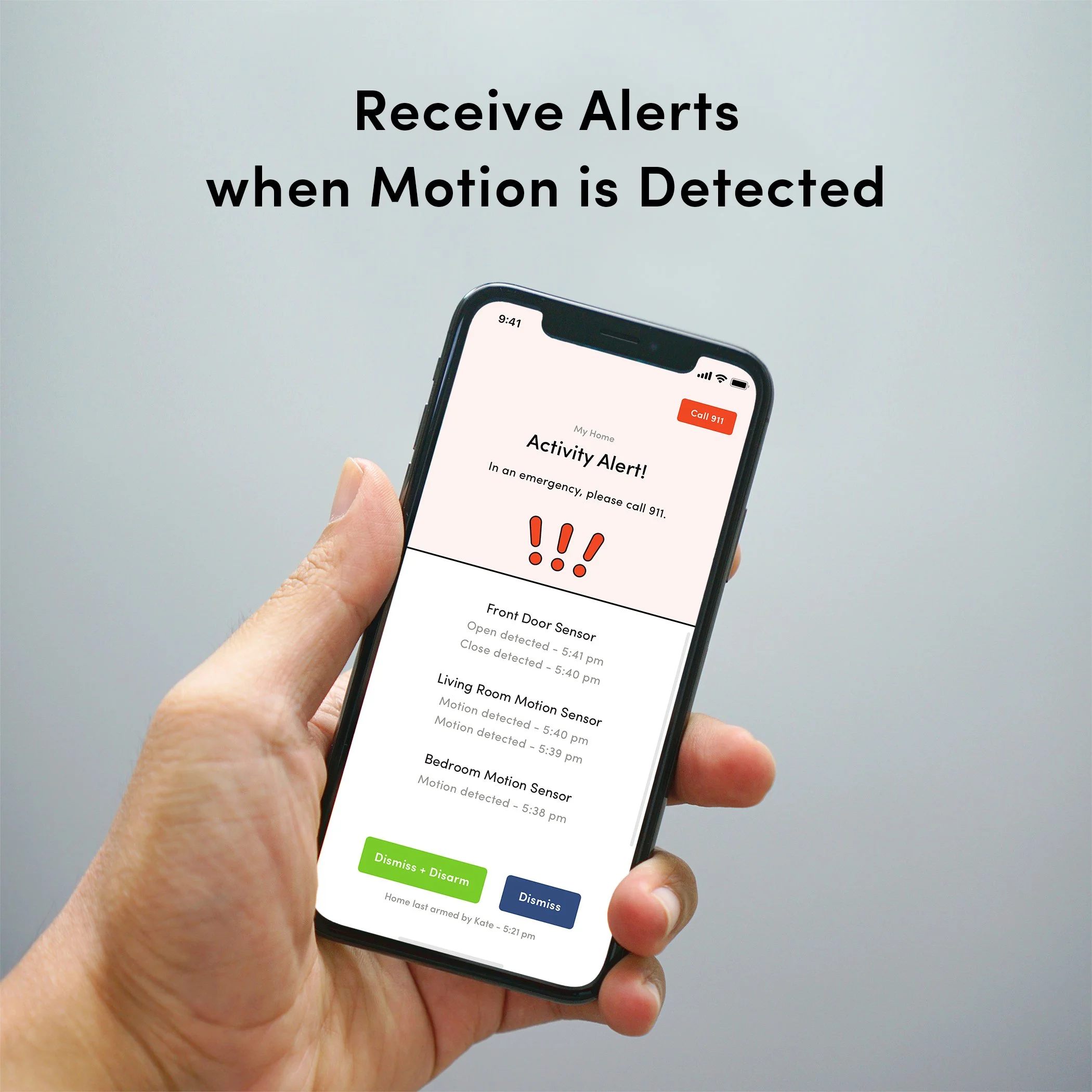

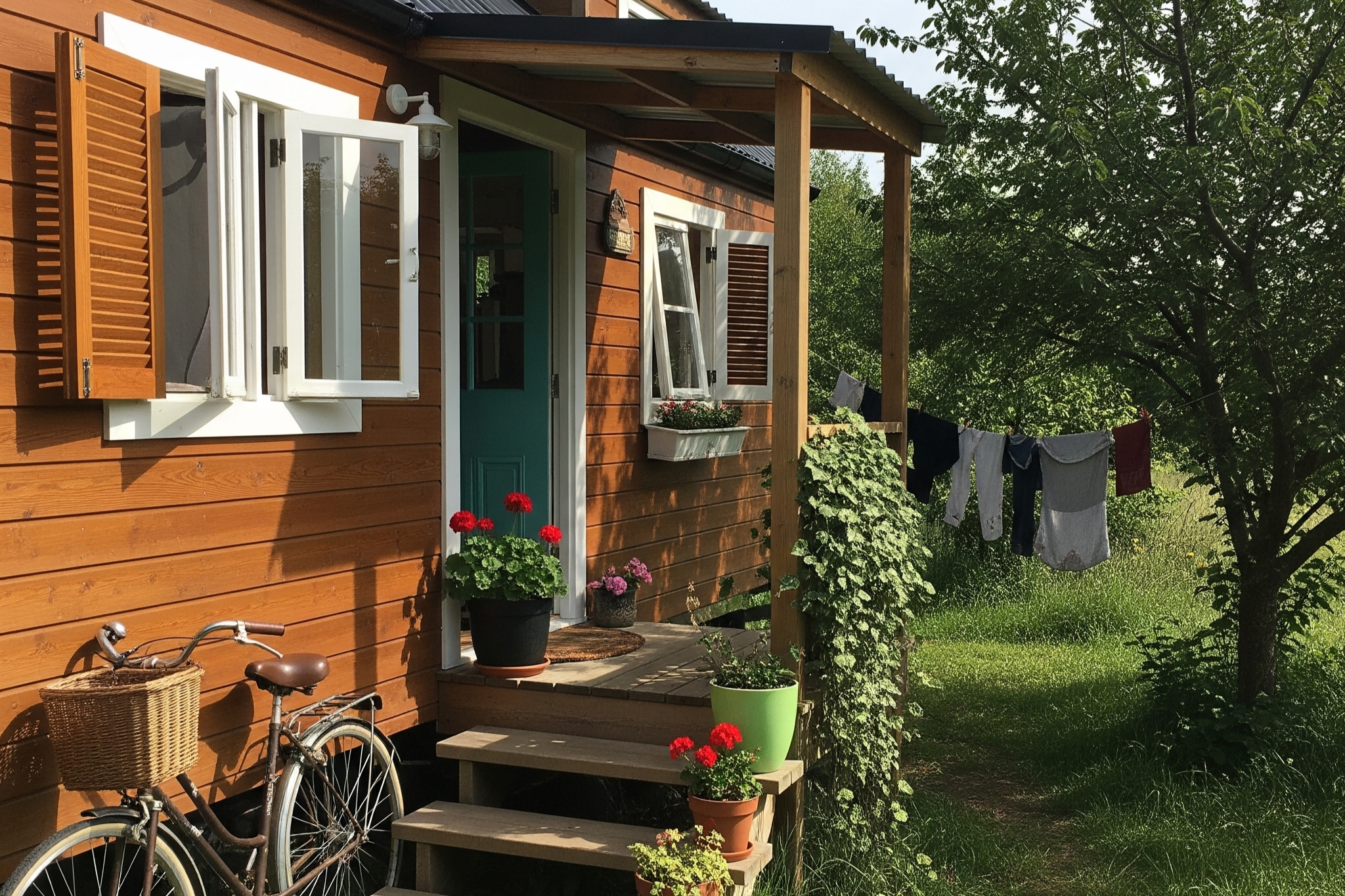


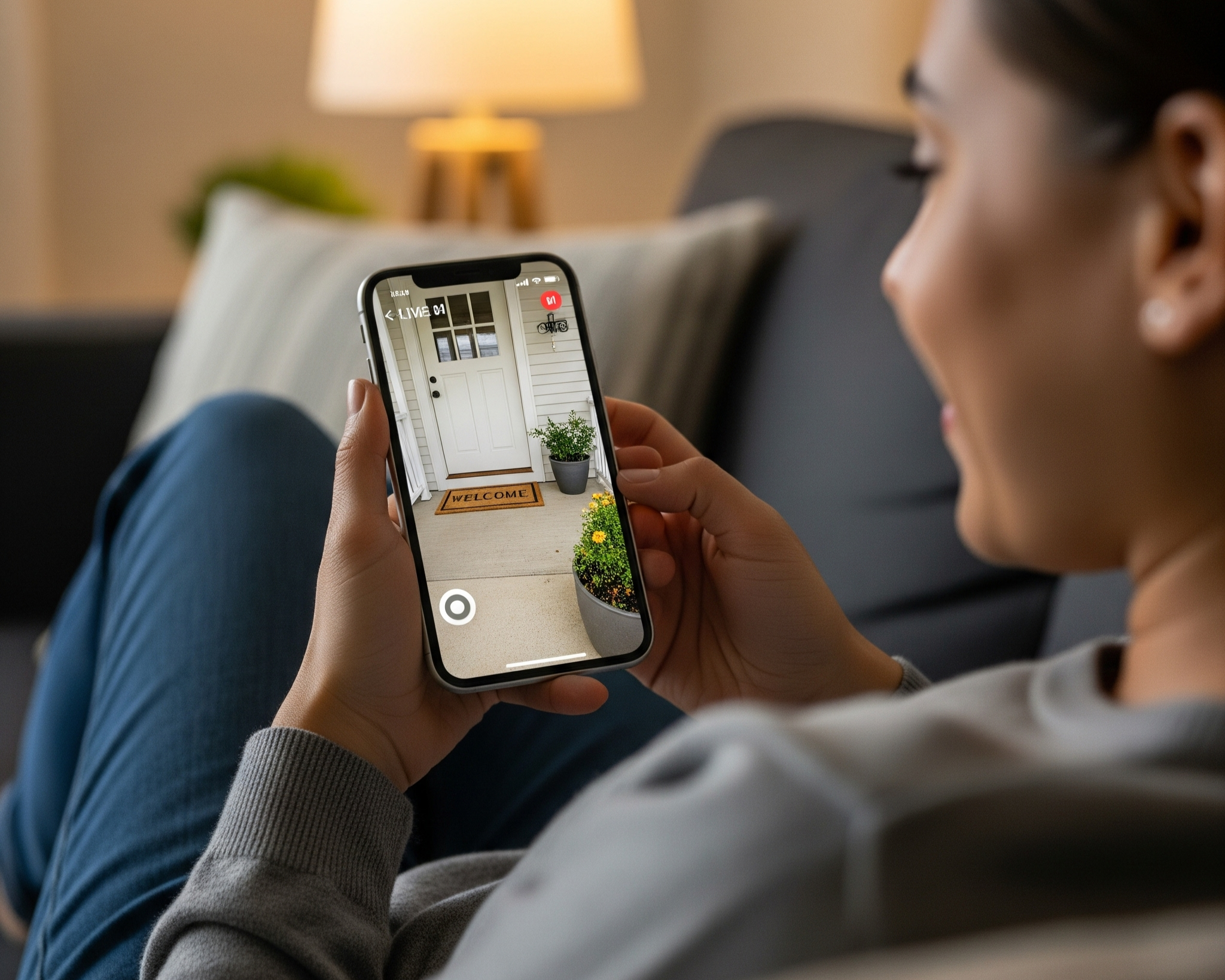
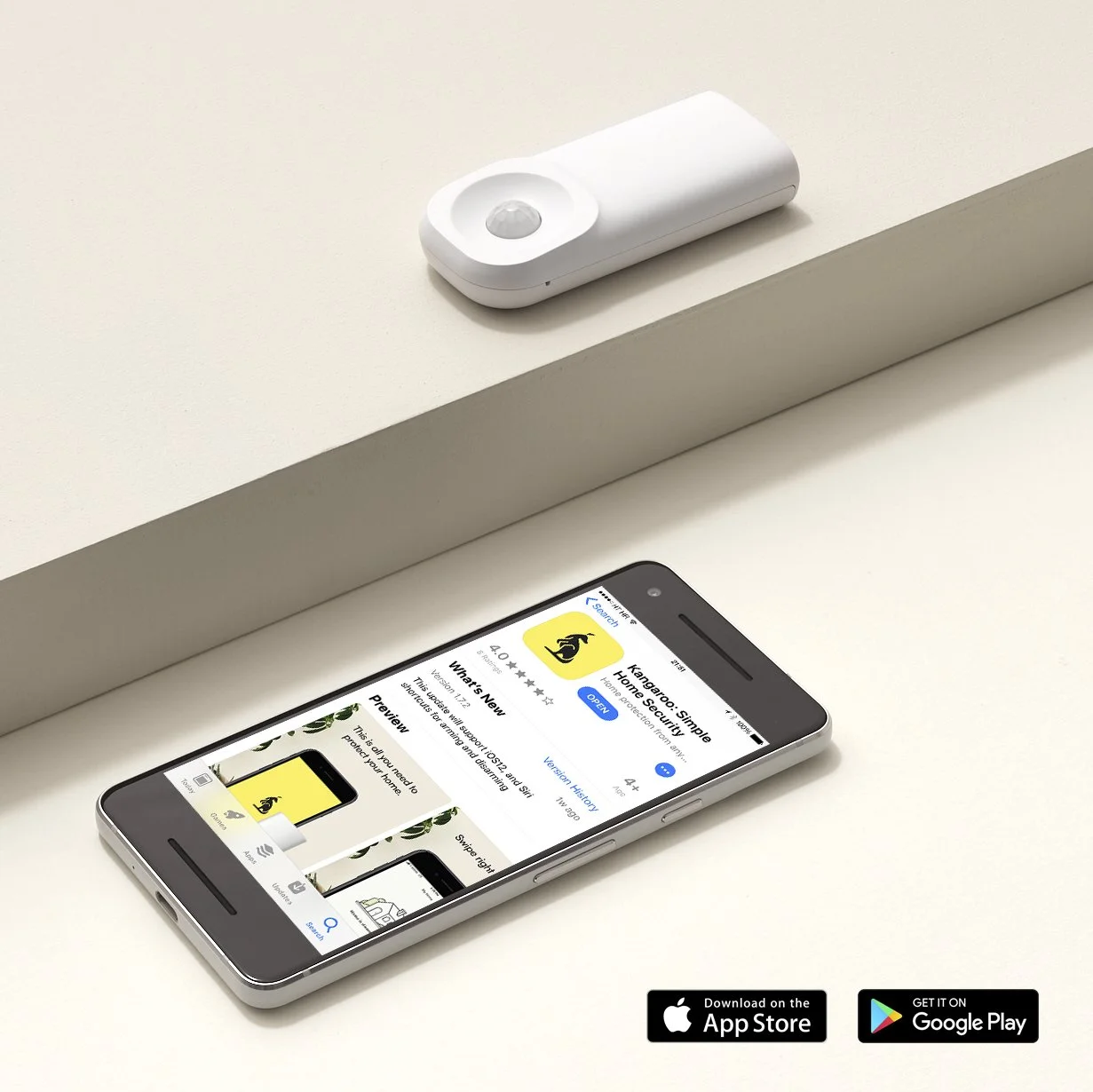
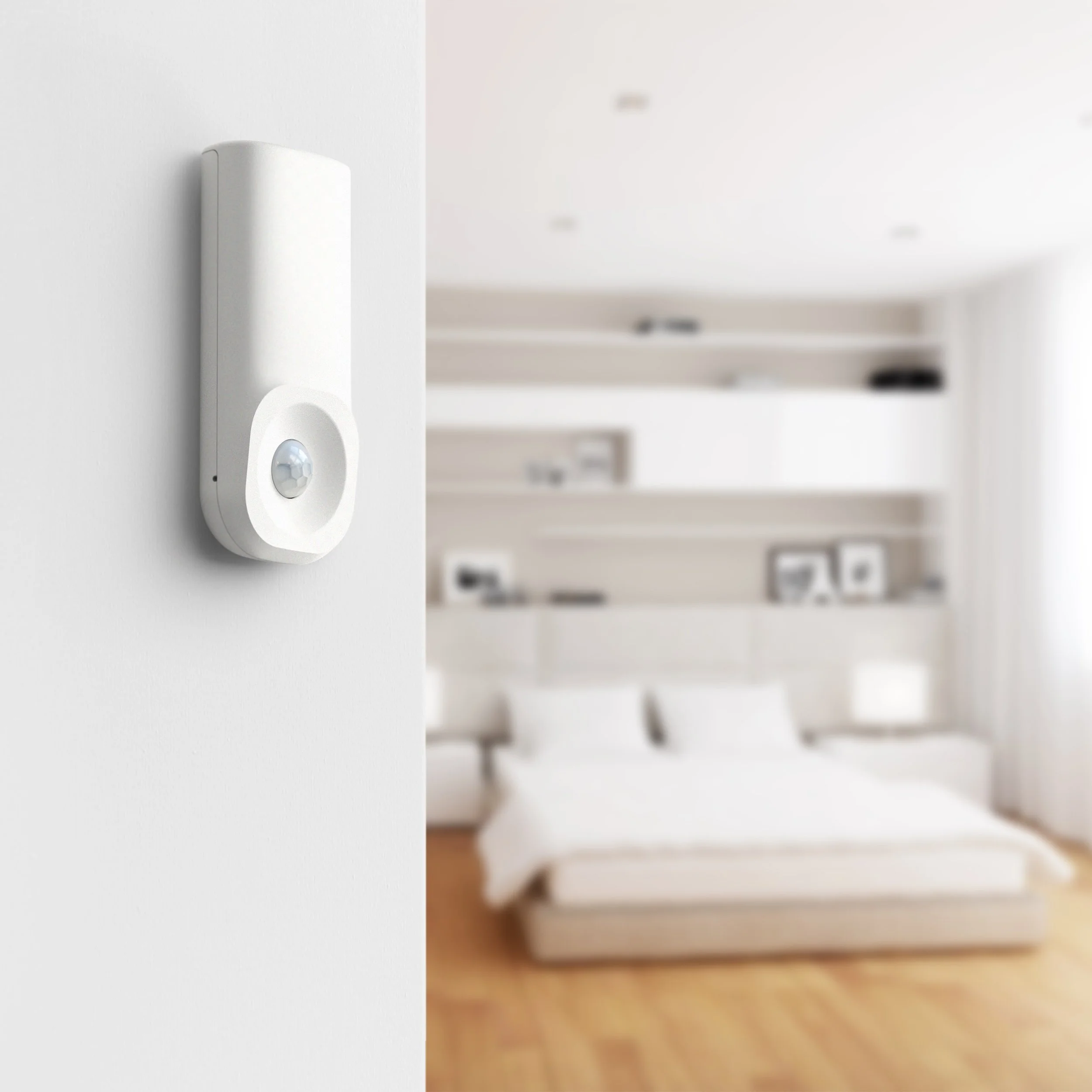

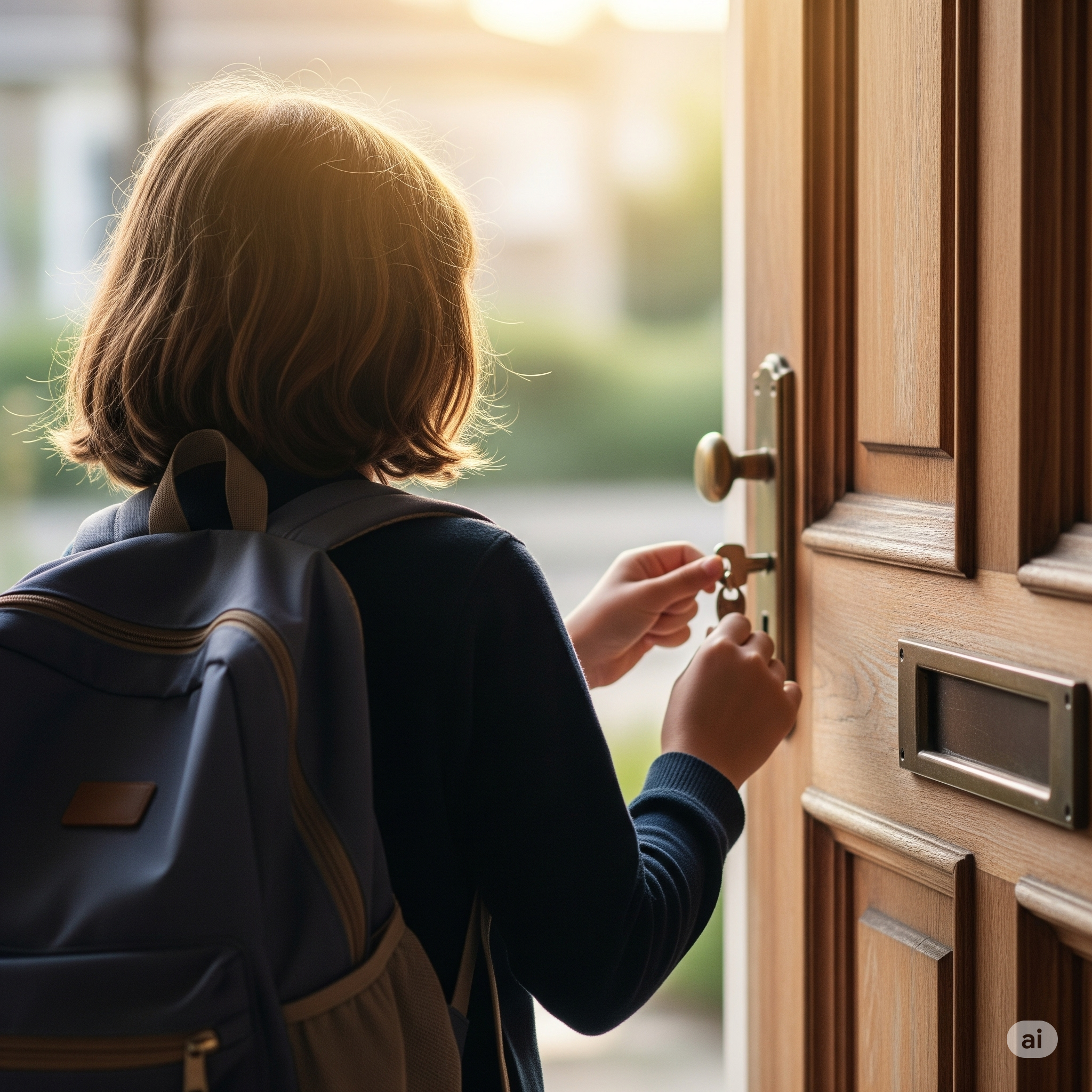
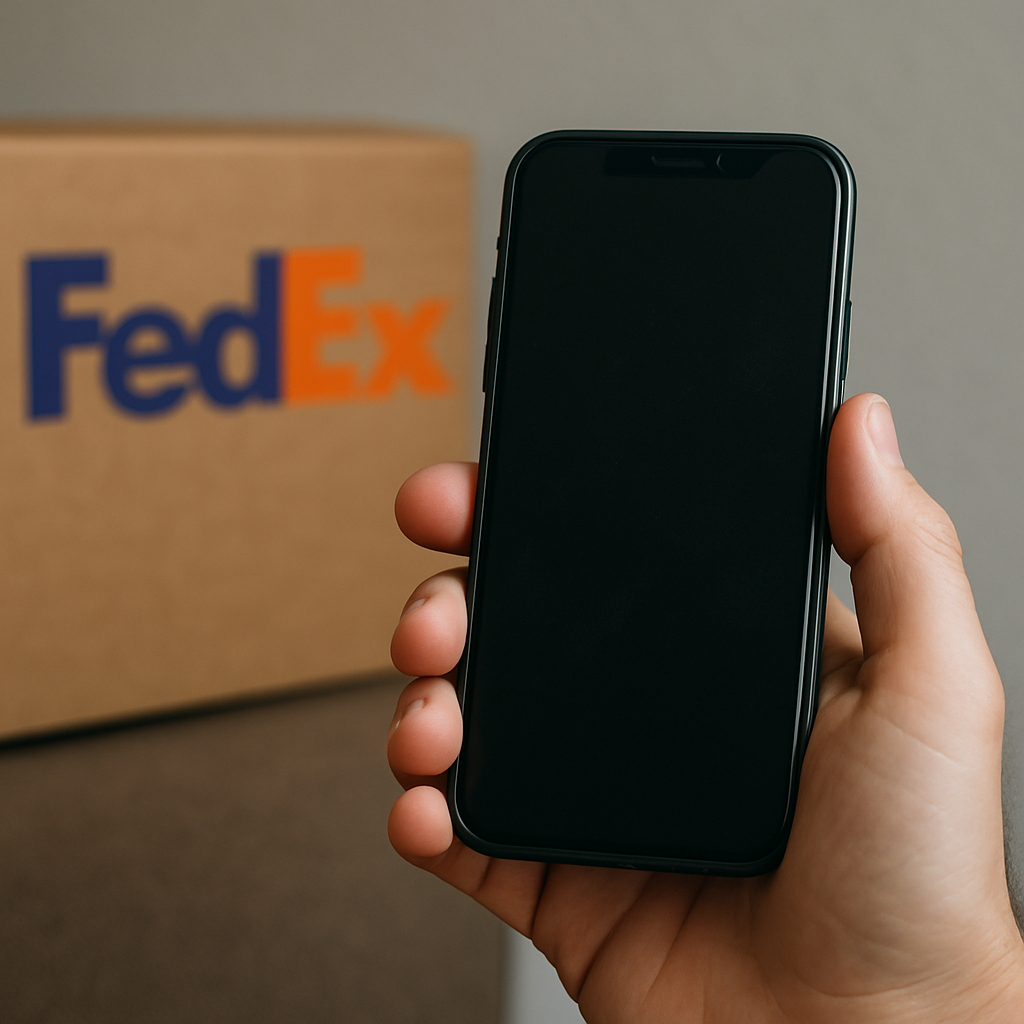
Think more cameras mean more safety? Discover 3 ways an over-secured home can attract burglars and learn why smart, discreet security is the better choice.